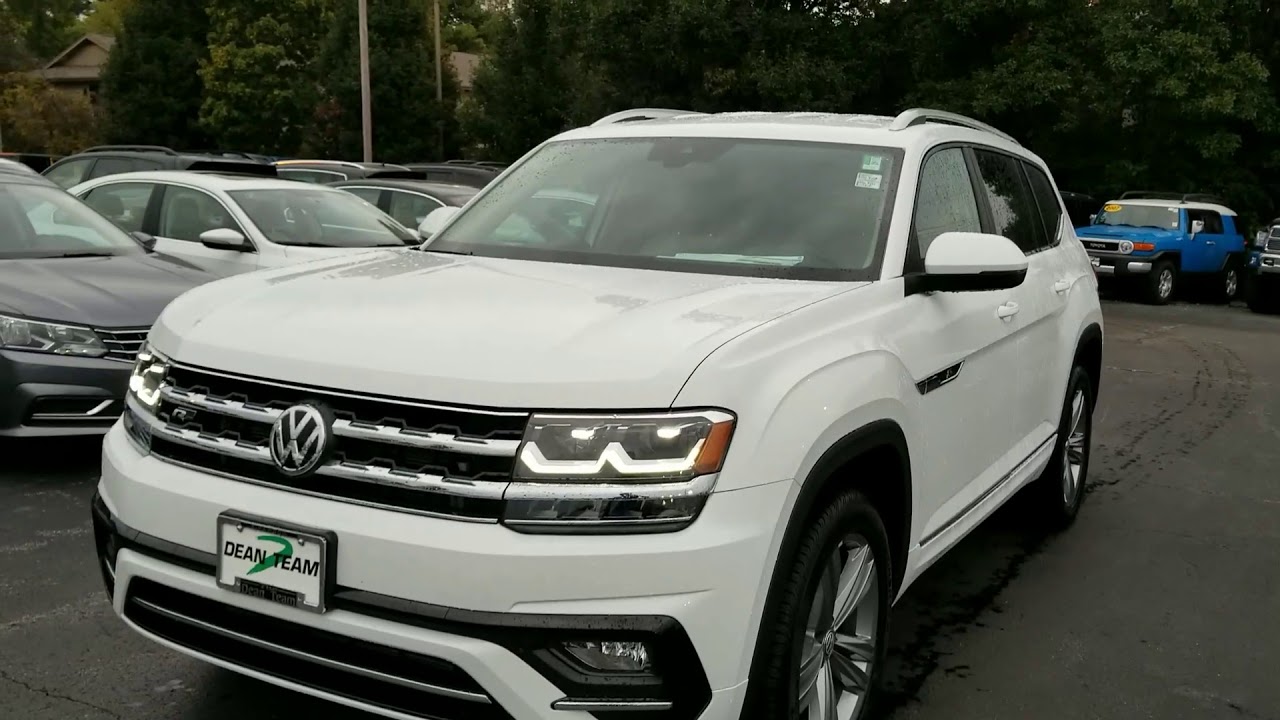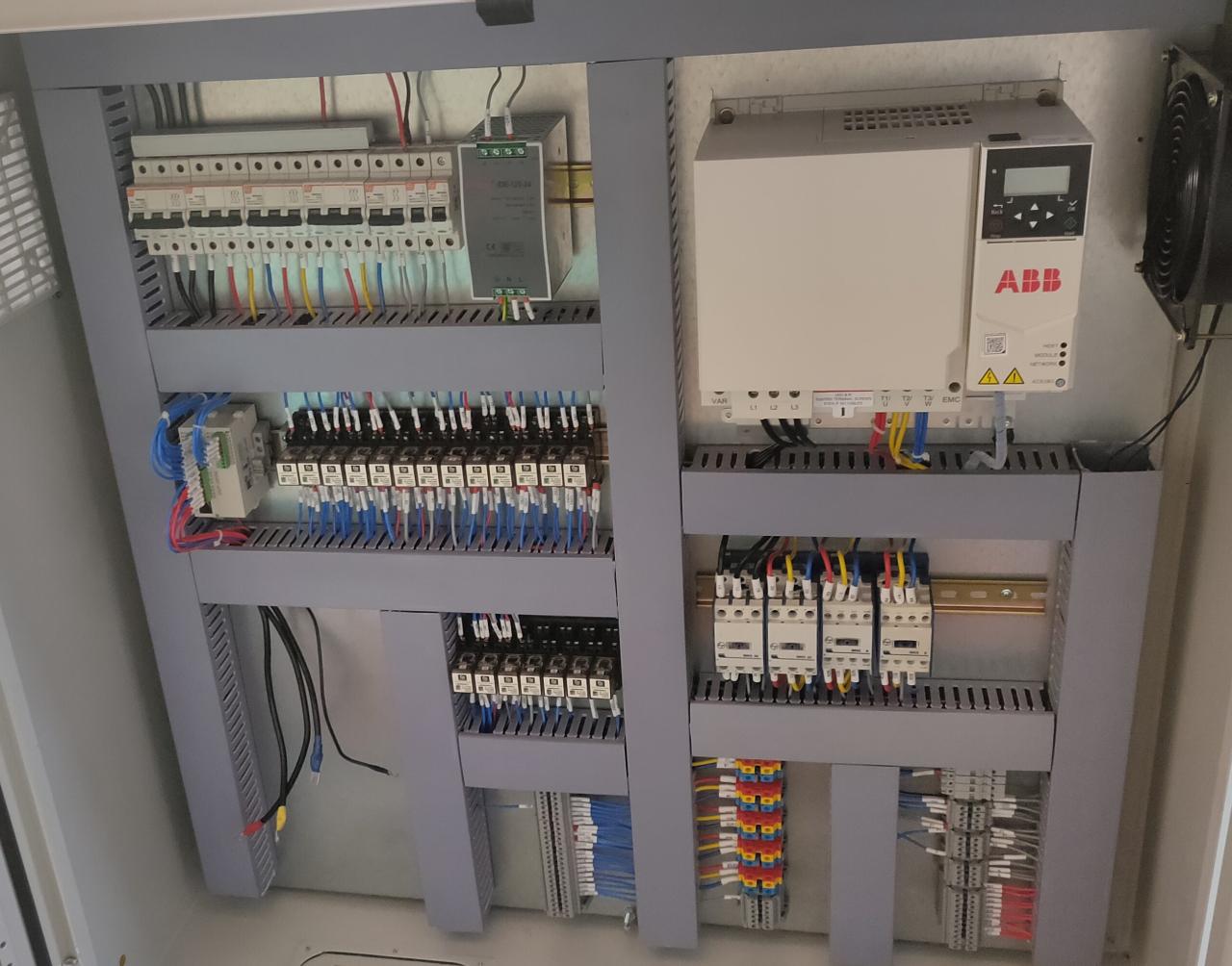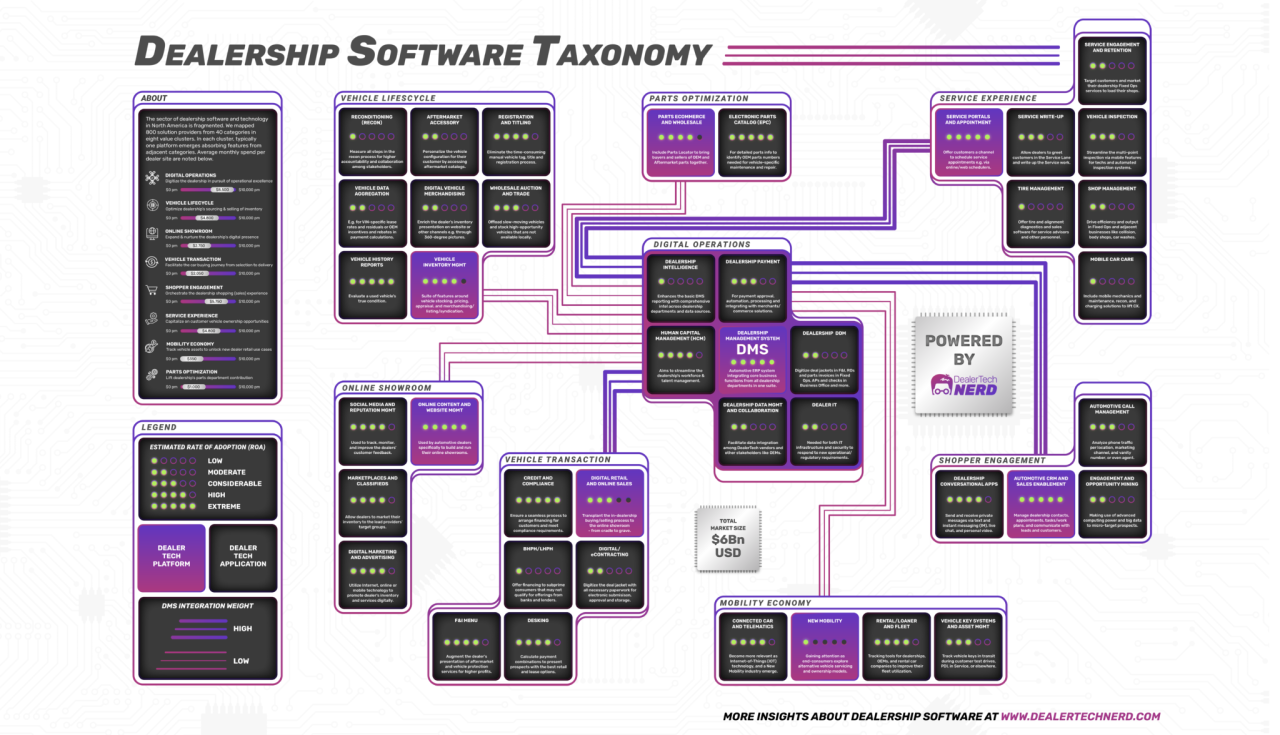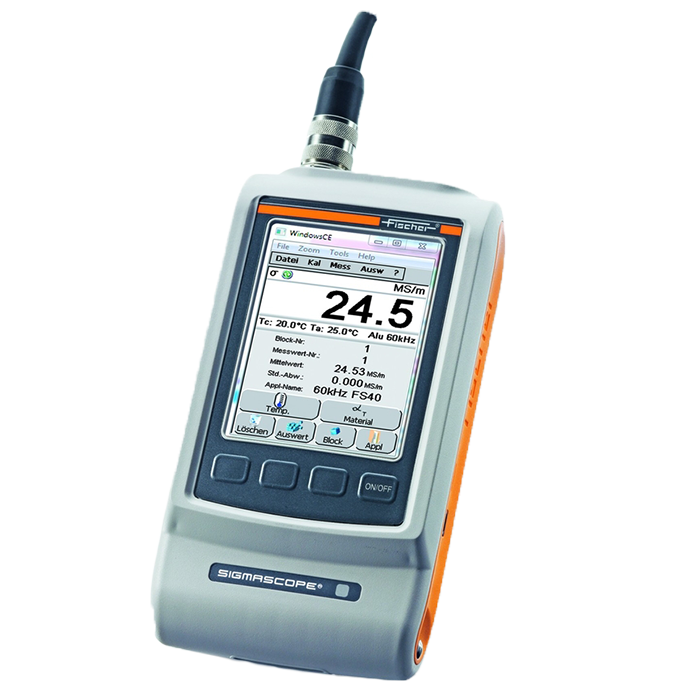Wiper Technologies: Keeping the World Clear
Wiper technologies are essential for ensuring clear visibility in a variety of applications, from automobiles to airplanes. From the fundamental principles of their operation to the advanced designs and materials […]

Wiper technologies are essential for ensuring clear visibility in a variety of applications, from automobiles to airplanes. From the fundamental principles of their operation to the advanced designs and materials used in modern wipers, this exploration delves into the fascinating world of these ubiquitous devices.
From the simple windshield wiper on your car to the complex systems used in aircraft, wiper technologies play a crucial role in maintaining safety and visibility in various environments. These technologies have evolved significantly over the years, with advancements in blade design, materials, and system mechanics.
Wiper Technology Overview
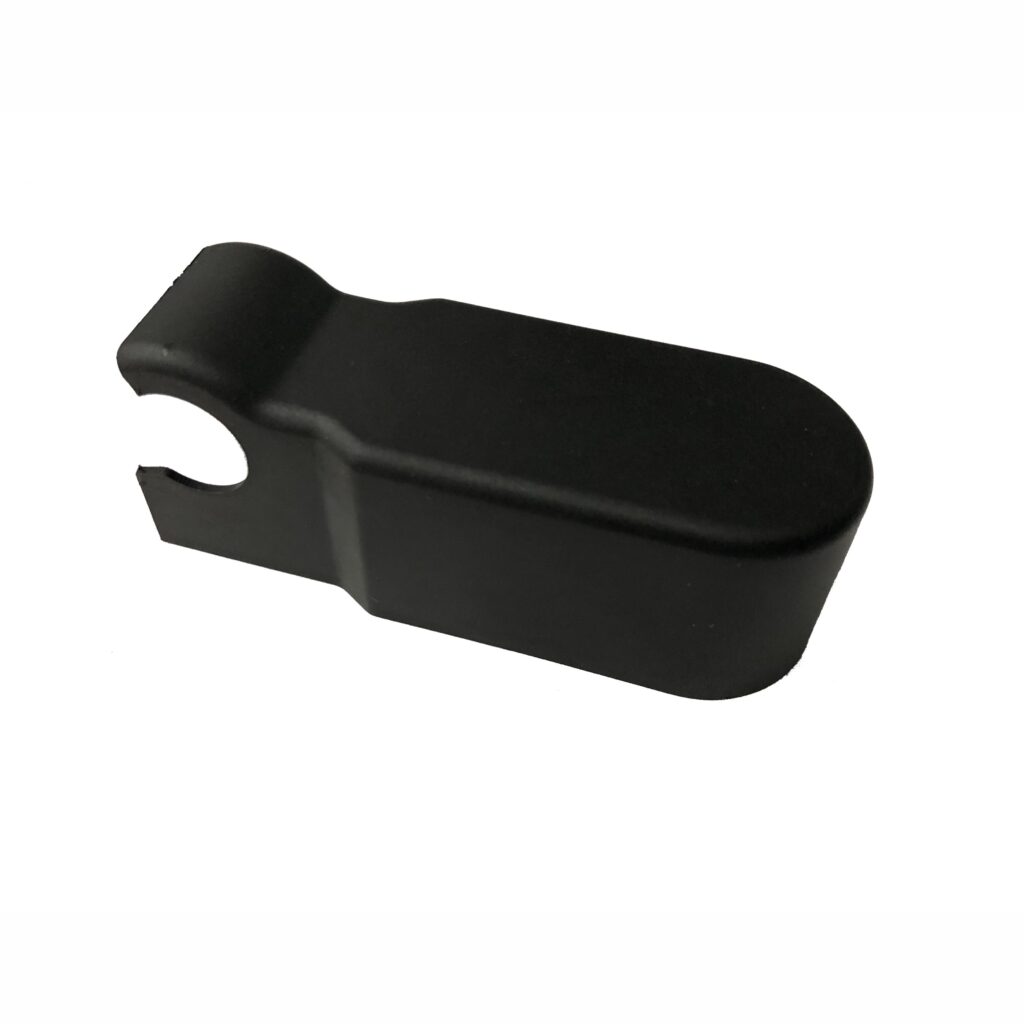
Wiper technology encompasses the design, operation, and applications of devices that remove unwanted materials from surfaces. These devices, commonly known as wipers, are essential in various industries, from automotive to aerospace, ensuring optimal performance and safety.
Fundamental Principles of Wiper Technology
The fundamental principle behind wiper technology is the application of a blade or other wiping element to a surface to remove unwanted materials. This process typically involves three key steps:
- Contact: The wiper blade or element comes into contact with the surface to be cleaned.
- Removal: The wiper blade applies pressure and a wiping motion to remove the unwanted material.
- Transfer: The removed material is transferred from the surface to the wiper blade or element, often collected for disposal or further processing.
Types of Wipers, Wiper technologies
Wipers are categorized based on their design, application, and operating principles. Some common types include:
- Blade Wipers: These are the most common type of wipers, typically used in automotive applications. They consist of a blade with a rubber edge that is pressed against the surface to remove debris.
- Roller Wipers: These wipers use a roller or a series of rollers to remove material from a surface. They are commonly used in industrial applications, such as cleaning conveyor belts or removing excess material from production lines.
- Squeegee Wipers: These wipers use a flat blade with a rubber edge to remove liquids from surfaces. They are often used in applications where precise removal of fluids is essential, such as in printing or window cleaning.
- Air Wipers: These wipers use a stream of compressed air to remove debris from surfaces. They are often used in applications where contact with the surface is undesirable, such as in electronics manufacturing or cleanrooms.
Real-World Applications of Wiper Technology
Wiper technology finds numerous applications in various industries, contributing to improved performance, safety, and efficiency. Here are some examples:
- Automotive: Windshield wipers are essential for ensuring driver visibility in adverse weather conditions. They remove rain, snow, and debris from the windshield, enhancing safety and driver comfort.
- Aerospace: Wiper systems are crucial for maintaining visibility in aircraft cockpits, especially during takeoff and landing. They remove rain, ice, and other debris from the canopy, ensuring safe operation.
- Industrial Manufacturing: Wipers are extensively used in industrial settings to remove dust, debris, and other contaminants from production lines and machinery. This ensures product quality, prevents equipment damage, and maintains a clean and safe working environment.
- Printing: Squeegee wipers are essential in printing processes, ensuring uniform ink distribution and preventing smudging. They remove excess ink from the printing plate, resulting in high-quality prints.
- Electronics Manufacturing: Air wipers are commonly used in electronics manufacturing to remove dust and other contaminants from sensitive components, preventing defects and ensuring product reliability.
Wiper Blade Design and Materials
The design and materials of wiper blades have undergone significant advancements over the years, resulting in improved performance, durability, and longevity. Understanding these aspects is crucial for choosing the right wiper blades that meet specific driving conditions and preferences.
Evolution of Wiper Blade Design and Materials
Wiper blades have evolved from simple metal frames with rubber blades to sophisticated designs incorporating various materials and technologies. Early wiper blades were made of metal frames with rubber blades that were prone to streaking, chattering, and premature wear. The introduction of synthetic rubber and the development of aerodynamic designs significantly improved performance.
Types of Wiper Blades
There are several types of wiper blades available, each with its unique strengths and weaknesses.
Types of Wiper Blades
- Conventional Wiper Blades: These blades feature a metal frame with a rubber blade that is attached to the frame using a hook. They are affordable but prone to streaking, chattering, and premature wear.
- Beam Wiper Blades: These blades have a single, continuous piece of rubber that is held in place by a metal or plastic frame. They provide a smoother, more consistent wipe and are less likely to chatter than conventional blades. Beam blades are typically more expensive than conventional blades.
- Hybrid Wiper Blades: These blades combine features of both conventional and beam blades. They often feature a metal frame with a rubber blade that is held in place by a tensioning system. Hybrid blades offer a good balance of performance and affordability.
- Spoiler Wiper Blades: These blades feature a spoiler that helps to keep the blade pressed against the windshield, improving performance at high speeds.
- Aerodynamic Wiper Blades: These blades are designed with an aerodynamic profile to reduce wind noise and lift, improving performance and reducing wear.
Role of Materials in Wiper Blade Performance
The materials used in wiper blades play a crucial role in their performance, durability, and longevity.
Material Considerations
- Rubber: Natural rubber is often used in wiper blades due to its flexibility and ability to conform to the shape of the windshield. However, natural rubber is prone to cracking and hardening over time. Synthetic rubber, such as neoprene and EPDM, offers improved durability and resistance to weathering.
- Metal: Metal frames are used in wiper blades to provide structural support. Steel frames are durable but prone to rust. Aluminum frames are lighter and more resistant to rust.
- Plastic: Plastic is often used in wiper blades to provide a lightweight and durable construction. Polycarbonate and ABS plastic are commonly used in wiper blades due to their impact resistance and weatherability.
Wiper Technology in Automotive Applications
Wiper technology plays a crucial role in ensuring safe driving conditions, particularly in adverse weather situations. Effective wiper systems enhance driver visibility, enabling them to react promptly to hazards and maintain control of the vehicle.
Importance of Wiper Technology in Automotive Safety
Wiper systems are essential for maintaining driver visibility, especially during rain, snow, or other forms of precipitation. They remove accumulated water, snow, or debris from the windshield, ensuring a clear view of the road ahead. Effective wiper technology contributes to:
- Enhanced Driver Visibility: Clear visibility is paramount for safe driving, enabling drivers to react promptly to hazards, such as oncoming traffic, pedestrians, or obstacles on the road. Wiper systems remove obstructions from the windshield, providing a clear view of the road ahead.
- Reduced Risk of Accidents: Poor visibility due to accumulated precipitation or debris can lead to accidents. Effective wiper systems significantly reduce the risk of accidents by ensuring a clear view of the road, allowing drivers to react appropriately to changing conditions.
- Improved Driving Experience: Well-functioning wipers enhance the overall driving experience, reducing stress and fatigue associated with driving in challenging weather conditions. Clear visibility allows drivers to focus on the road, leading to a more comfortable and enjoyable driving experience.
Challenges Faced by Wiper Systems in Different Driving Conditions
Wiper systems face various challenges in different driving conditions, including:
- Heavy Rain: In heavy rain, wipers need to effectively remove water from the windshield, ensuring a clear view of the road ahead. The challenge lies in maintaining consistent pressure and speed to remove large volumes of water without leaving streaks or smearing.
- Snow and Ice: Snow and ice accumulation on the windshield can significantly impede visibility. Wiper systems must be able to remove these elements efficiently, while also preventing damage to the windshield and the wiper blades themselves. This often requires specialized wiper blades designed for cold weather conditions.
- High Speeds: At high speeds, the wind resistance can affect the performance of wiper blades. This can lead to uneven wiping patterns, streaking, or even the blades lifting off the windshield. Advanced wiper systems incorporate aerodynamic designs to minimize wind resistance and maintain optimal performance at high speeds.
- Extreme Temperatures: Extreme temperatures, both hot and cold, can affect the performance of wiper blades. In extreme heat, the rubber can become brittle and prone to cracking. In extreme cold, the rubber can become stiff and less effective at removing precipitation. Specialized wiper blades designed for extreme temperatures are available to address these challenges.
Future of Wiper Technology in Autonomous Vehicles
The rise of autonomous vehicles presents new challenges and opportunities for wiper technology. Autonomous vehicles require even more sophisticated wiper systems to ensure reliable and safe operation in all weather conditions. Some key considerations for the future of wiper technology in autonomous vehicles include:
- Integration with Advanced Driver-Assistance Systems (ADAS): Wiper systems in autonomous vehicles will need to be integrated with ADAS to provide real-time information about weather conditions and optimize wiper performance accordingly. This integration will enable the vehicle to adjust wiper speed and pressure based on factors like rain intensity, snow accumulation, and even visibility conditions.
- Enhanced Sensor Technology: Autonomous vehicles rely heavily on sensors, such as cameras and LiDAR, for navigation and obstacle detection. Wiper systems will need to be designed to minimize interference with these sensors, ensuring accurate data collection and processing even in adverse weather conditions. This might involve the use of advanced sensor-cleaning technologies or innovative wiper blade designs.
- Adaptive Wiper Systems: Future wiper systems will likely incorporate adaptive technologies, adjusting their speed, pressure, and even wiping patterns based on real-time conditions. This could involve using sensors to detect the type and intensity of precipitation, the presence of debris, and even the vehicle’s speed, optimizing wiper performance for optimal visibility.
Ultimate Conclusion: Wiper Technologies

The evolution of wiper technologies is a testament to the ingenuity and innovation that drive advancements in various industries. As technology continues to evolve, we can expect to see even more sophisticated wiper systems that enhance safety and efficiency in the future.
Wiper technologies have evolved from simple, mechanical arms to sophisticated systems that utilize sensors and algorithms to optimize cleaning efficiency. These advancements are paralleled by the rise of “ehouse” technologies, such as smart home automation and integrated appliances. ehouse new technology is poised to further enhance wiper technology, integrating them into broader home automation systems, enabling features like automatic activation based on weather conditions or even self-cleaning cycles.



